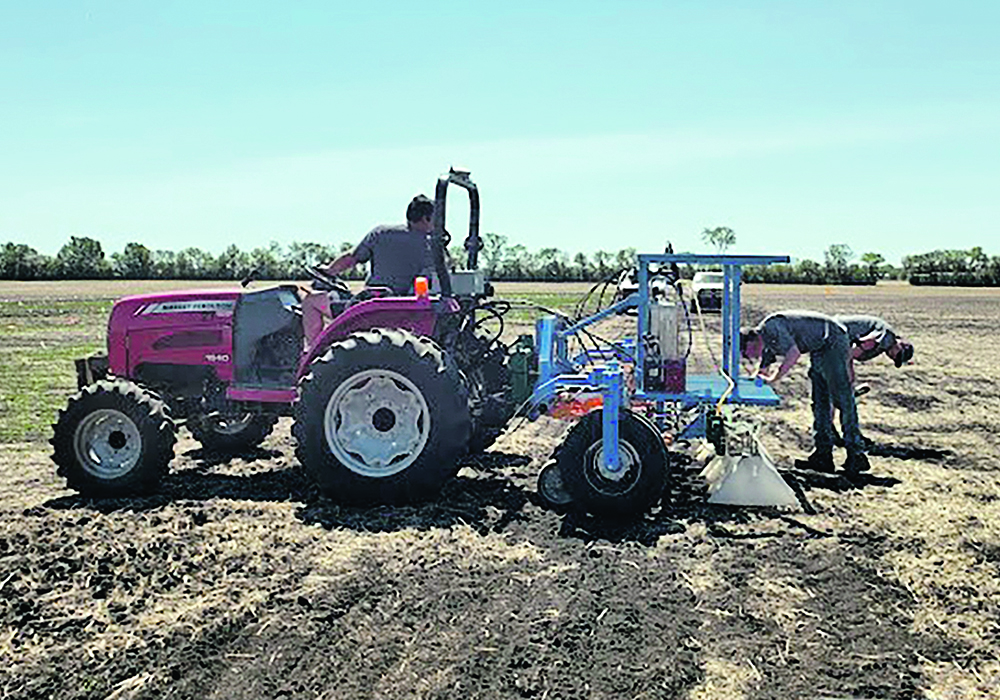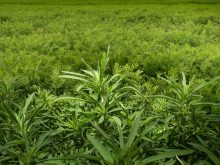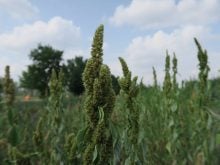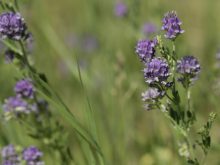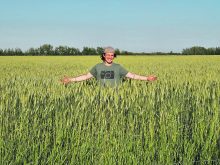Inter-row spraying and weed wicking can help control wild oats in cultivated oat fields, with the best results arising from using the two practices on the same crop.
Brianna Senetza, a master’s student at the University of Saskatchewan, said wild oats is a tricky and costly weed to manage, especially in cultivated oats.
“From an economic standpoint, wild oats accounts for more herbicide expenditures over any other weed. In addition, it causes a significant yield loss and crop quality losses, which in turn, costs farmers annually around $500 million,” Senetza said.
“Lastly, the increasing occurrence of resistant biotypes, specifically to Group 1 and 2 herbicides, has also been an increasing problem and an increasing concern with this weed.”
Senetza provided a presentation during the University of Saskatchewan’s Soils and Crop Conference, where she said the genetic similarity between oats and wild oats limits the herbicide options available to pre-seed burndowns.
So, she examined alternative application equipment to see if a non-selective herbicide could be used to manage wild oats in cultivated oats, including a sprayer equipped with shielded spray nozzles that allows for precise herbicide application between the crop rows.
“These shielded spray nozzles, the shield that goes around them is a specific shape, which is kind of shaped like a canoe, and that helps to push the crop out of the way at the time of spraying so it can better apply and precisely apply herbicide to target those weeds between the crop rows,” Senetza said.
The study also examined weed wicking, where weeds taller than the crop canopy are controlled by brushing herbicide onto the top of the weeds.
“We’re using glyphosate because glyphosate can be translocated within the weed. So even if we touch maybe an inch of the wild oat flag leaf or an inch of the wild oat leaf, herbicide is still going to translocate within the wild oat and kill the plant,” Senetza said.
The study ran over two years in three Saskatchewan locations, Kernan and Goodale near Saskatoon, as well as Melfort.
Thirteen different herbicide treatments, including a check, were used that were replicated four times at each location.
Camden oats were seeded at 300 plants per sq. metre.
The first year of the study, wild oats were also seeded at the time of seeding, and in the second year, the plots were seeded in wild oat patches.
Two herbicides, Glufosinate and Clethodim were used in the inter-row spraying treatment, while glyphosate was used for the wicking treatment.
Treatments were conducted at the flag-leaf, four-leaf, and six-leaf crop stage.
“We had a wicking application at these timings by itself, inter-row application at these times by itself. We had a combination of both the wicking and inter-row spraying at these three times, and then also a dual application at the four-leaf and flag-leaf, the sixth-leaf and the flag-leaf, and the four-leaf and six-leaf timing.” Senetza said.
She presented data from the Kernan site only at the Soils and Crops event, because it had a high proportion of wild oats and she found interesting differences between treatments.
The herbicide treatments did not have a significant effect on oat yield, thousand kernel weight and or bushel weight.
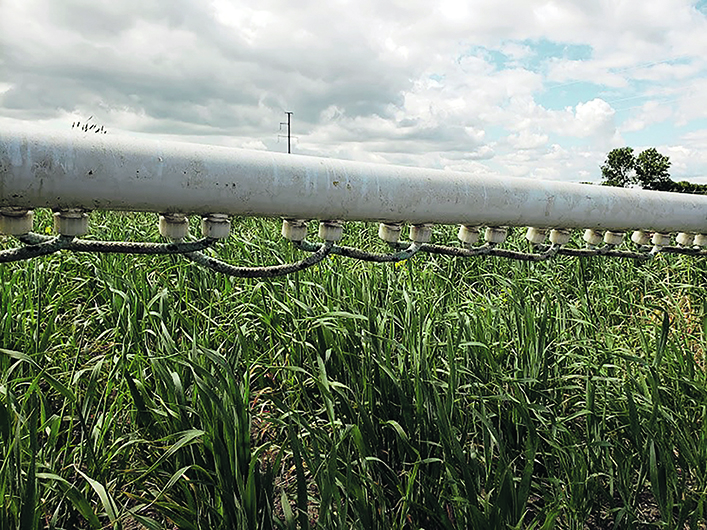
However, herbicide treatments did have a significant effect on the proportion of wild oats, both wild oat percentage and wild oat kilograms per hectare, as well as in the percentage of plump grains.
“The four-leaf and flag-leaf wick (treatments) along with the control had the highest percentage of wild oats, which indicates the lack of control by those herbicide treatments. The four- and six-leaf wick and spray, and the six- and flag-leaf wick and spray have the lowest proportion of wild oats, which indicated significantly better control at those herbicide methods and timing,” Senetza said.
The four- and six-leaf wick and spray treatment, the six-leaf wick and spray, and the six-leaf and flag-leaf wick and spray had a significantly higher amount of plump grain.
She said this is important because farmers receive a premium at the elevators for percent plump grain.
“The treatments that had the better control of wild oat had the highest proportion of pump grains. So, I think from this I’ve kind of speculated that by controlling wild oat we saw an increase in grain quality,” Senetza said.
She said she thought there would be an increase in oat yield through the different treatments, as wild oats pressure dropped.
“However, there was no significant difference, but I think that’s important in its own aspect because it indicates that there was no spray damage to the crop done by these different spray treatments,” Senetza said.
She said the study helped narrow down the best application timing for wicking and inter-row spraying, which was the six-leaf and flag-leaf timings.
“The combination of treatments, both wick and inter-row spray, worked better together to manage wild oat. That’s because the inter-row sprayer works to manage the wild oat between the crop rows where the wicking kind of follows up and manages the wild oat that grew within the crop row. Both methods of herbicide application do show a lot of promise,” Senetza said.




